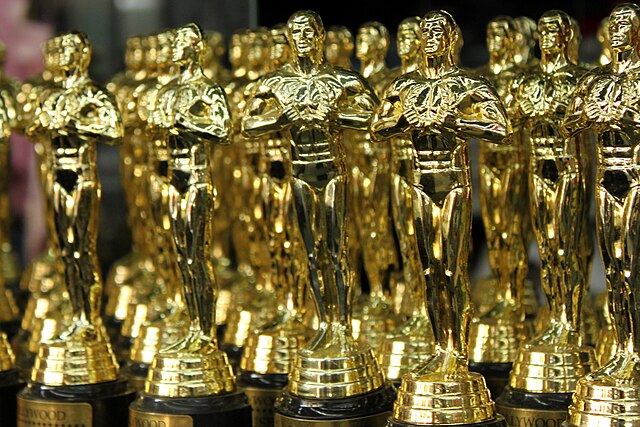In modern day cinema, book-to-film adaptations are one of the most profitable franchises in the film industry. While the majority of adaptations (“Twilight,” “Alice in Wonderland,” every Nicholas Sparks novel) are poorly developed and extremely over-hyped. A select few adaptations like “Harry Potter” and “Lord of the Rings” have managed to be remarkable films, while succeeding in the box-office.
Directed by Francis Lawrence, “The Hunger Games: Catching Fire” stars Jennifer Lawrence, Josh Hutcherson, Donald Sutherland, Liam Hemsworth, Woody Harrelson, and Philip Seymour Hoffman.
Roughly one year after the events of the first “Hunger Games,” Katniss Everdeen (Lawrence) and Peeta Mellark (Hutcherson) have become both pawns of the capital, while remaining a symbol of rebellion and hope for the 12 districts.
In hopes of eliminating the possibility of rebellion and potential all-out war, President Snow (Sutherland) and newly appointed Head Gamemaker, Plutarch Heavensbee (Hoffman), force Katniss, Peeta, and a number of other previous victors, to once again fight to the death in the 75th annual Hunger Games.
In 2012, Suzanne Collins‘s “The Hunger Games” hit theaters, both dominating the box-office, while managing to be a faithful version to its source material. Critical reception was overall positive, and audiences had the next big adaptation to look forward to for the next several years.
On Nov. 21, the much anticipated sequel, “The Hunger Games: Catching Fire,” hit theaters for a preview showing, drawing in more than $25 million in a few short hours. With the wide release Nov. 22, theaters across the country were packed. Regal Cinemas in Dickson City was jam-packed with hundreds of movie-goers anxious to see the next installment of “The Hunger Games.” Lines were stretched throughout the cinema and late-night showings were selling out.
Despite the first film’s overall success, one of the few downfalls of the film was that outside of the main cast, there was a lack of character depth and development.
With the exception of Katniss, Peeta, and Rue, almost every tribute in the film was one-dimensionally evil, making it easy to say goodbye to each of the antagonists. Furthermore, the supporting cast characters Gale, Haymitch, Effie, and Primrose were equally as underdeveloped.
One of the largest achievements in “The Hunger Games: Catching Fire,” is the overall development of the large supporting cast lacking in the first film. With the novel being told from the perspective of Katniss, rather than solely focusing on her perspective and her development, supporting characters are given their moments of humility, charm, or deceit, adding much needed depth to the all-star cast.
“The Hunger Games: Catching Fire” is a tremendous success as an adaptation, a sequel, and as a film. The successor manages to build off the previous film, while adding even more drama, complexity, action, and romance to an already well-rounded movie.
With the great character development and plot, “The Hunger Games: Catching Fire” will keep audiences on the edge of their seats, all the way to the tremendously intense and gripping ending.
I’m giving “The Hunger Games: Catching Fire” 4/5 Kernels!
Kernel Critic is sponsored by Regal Cinemas, Dickson City










